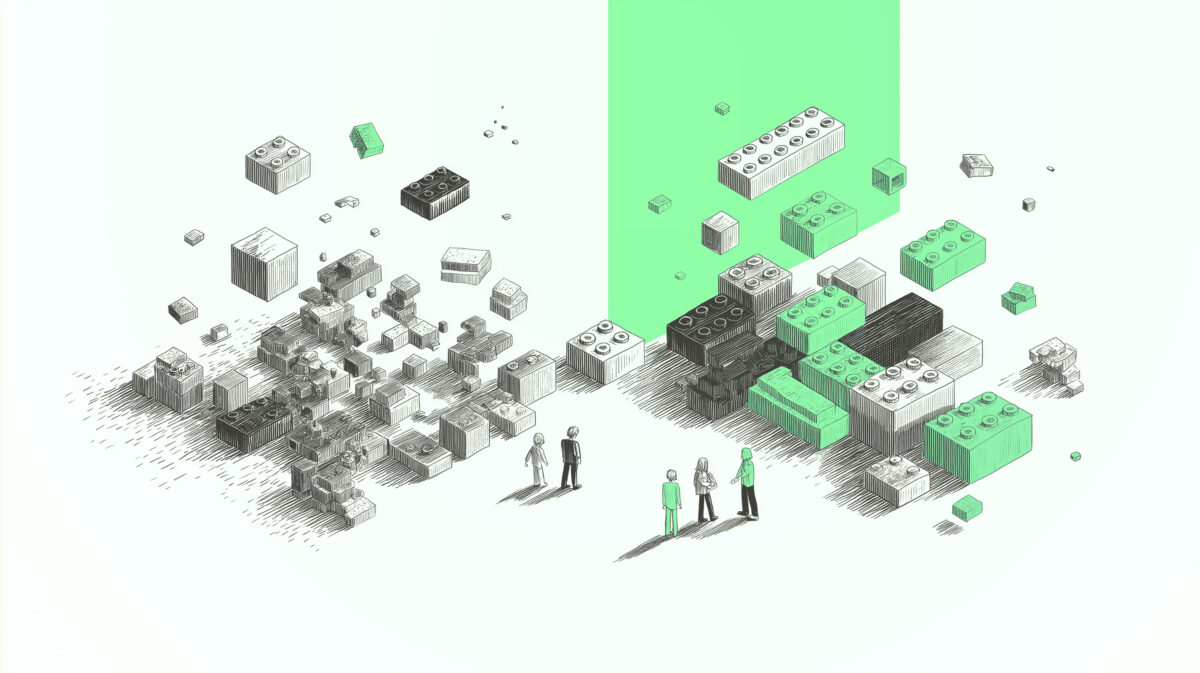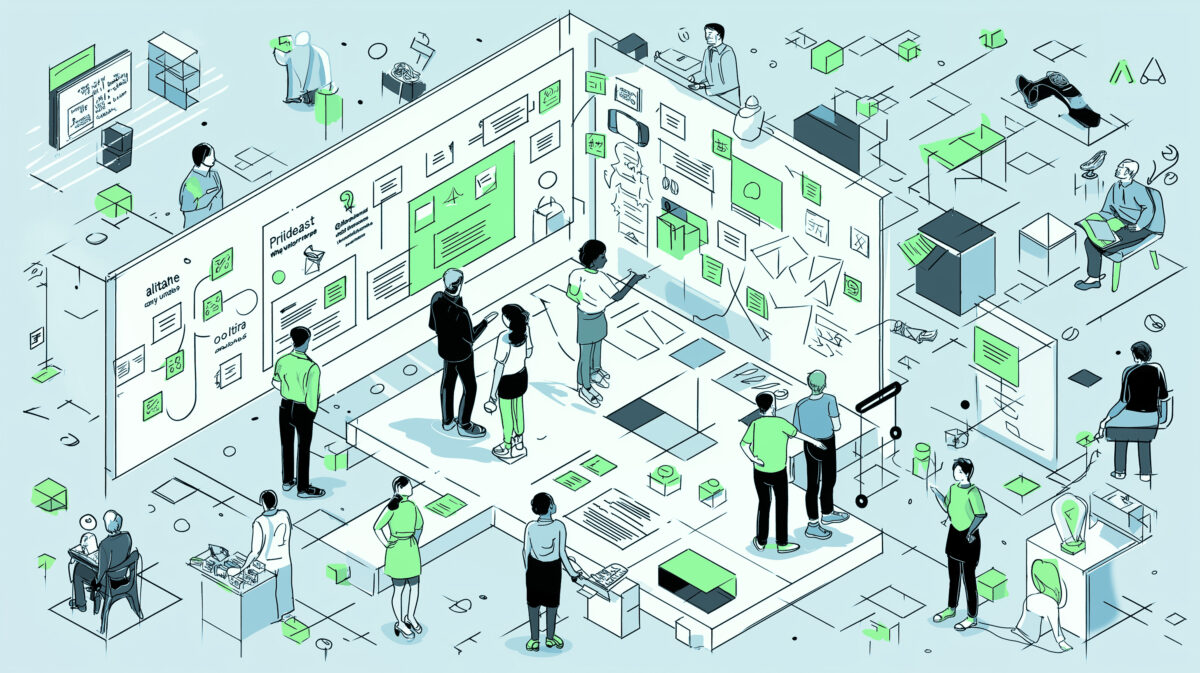Why cognitive diversity belongs in every strategy room
Everybody talks about diversity. Fewer people talk about how teams actually think.
You can fill a room with different ages, backgrounds, and job titles. Yet if everyone approaches problems in the same way, you still end up with familiar ideas. That is where cognitive diversity — and innovation — either begins or silently dies.
I am Chris, strategist, lecturer, and facilitation addict. I help SMEs, NGOs, and CSR teams turn complexity into shared action. Here is why diverse thinking is a real strategic asset, and why LEGO bricks might be the most underestimated tool in your organisation.
What cognitive diversity really is
Cognitive diversity is the variety in how people notice patterns, process information, and decide what to do next (Psychology Today, 2023; Diversity Project, 2025).
Some zoom into details; others see the whole system. Some think in numbers, others in narratives. Demographic diversity often helps, but it does not guarantee different thinking styles. You can have a visually diverse team that shares the same mental models, and the same blind spots.
Cognitive diversity matters because it stretches how you define problems, not just how you design solutions. Research consistently links diverse thinking styles with better problem-solving and more innovative outcomes, especially under pressure (Deeper Signals, n.d.; Qu et al., 2024).

Why smaller organisations have an advantage
SMEs, NGOs, and CSR teams often have fewer layers and more direct access to reality. This creates ideal conditions for cognitive diversity, if collaboration is designed intentionally (Niagara Institute, 2025).
Most teams already hold diverse perspectives. The issue is that meetings move fast, the same voices dominate, and others edit themselves to “keep things efficient”. The team moves quickly, but usually in the same direction as last week.
This is not a talent problem. It is a process problem.
Diversity without structure is just noise
Different thinking styles naturally clash. Without psychological safety and structure, that clash turns into frustration rather than innovation.
I have seen this many times. When agencies or brands scale across countries, egos grow with them. Confident voices take the lead while quieter thinkers hold back, even when their perspective could change everything. And yet, breakthroughs often came from those quieter voices: a designer offering a new angle, a student unlocking a direction the whole group had missed.
The lesson is simple: when every voice is genuinely invited in, thinking expands, and outcomes follow.
Structure helps this happen. Simple moves like:
- Using rounds instead of open discussion
- Letting people build or write before they talk
Separating idea generation from evaluation
These small shifts redistribute power and open space for different minds to contribute.
Why LEGO unlock hidden thinking
This is where LEGO® Serious Play® shines (Van Gils et al., 2022; The Brick Coach, 2024).
With bricks on the table, everyone works with the same neutral material. People build models instead of competing with words. And something interesting happens:
- Everyone builds, so everyone speaks.
- Ideas become concrete, not abstract.
- Differences feel playful, not personal.
- The group literally sees how perspectives connect or conflict.
Cognitive diversity becomes visible; something the team can point to, question, adjust, and build on together. Studies on LEGO® Serious Play® show how it can surface different viewpoints while keeping engagement high, especially in diverse groups (Serious.Global, 2025).

From ideas on the table to strategy on the wall
Bricks are the beginning, not the end. Frameworks like Design Thinking turn those insights into real decisions.
You map the current reality, reframe the challenge, explore possible futures, and translate it all into priorities and experiments. By rotating between individual work, small groups, and full-group synthesis, you give each type of thinker a moment to shine.
The result is not just a more creative workshop. It is a strategy that has travelled through multiple mental models, which makes it more resilient and more owned.
Three moves you can start now
Map how your team thinks. Not to label people; just to notice variety. Who loves data? Who thinks in stories? Who spots risks first? Who sees opportunities?
Redesign one recurring meeting. Let people sketch or write thoughts first, share in pairs, then discuss as a group. Watch how this changes who speaks, and what emerges.
Pilot a facilitated session. Use LEGO® Serious Play® or a Design Thinking sprint on a real challenge. Pay attention not only to the output, but to how the quality of thinking shifts.
Conclusion
Cognitive diversity is not a slogan. It is a way of working that treats different minds as your organisation’s innovation engine.
If you are a small or mission-driven organisation, you already have the closeness and purpose. When you combine that with structured collaboration, you create an innovation rhythm that is both human and sustainable.
And if you are curious how LEGO® Serious Play® or Design Thinking could support your team, I am always happy to explore it with you.
References
- From Ideas To Impact. (2025). Workshops and methodology. From Ideas To Impact.
- Psychology Today. (2023, August 16). Cognitive diversity: What it is and why it matters. Psychology Today.
- Deeper Signals. (n.d.). Eight key facts about cognitive diversity. Deeper Signals.
- Niagara Institute. (2025, March 13). How diverse teams drive innovation in the workplace. Niagara Institute.
- Diversity Project. (2025, June 6). Cognitive diversity in asset management: Full research paper. Diversity Project.
- Qu, J., et al. (2024). When and how is team cognitive diversity beneficial? An enabling condition perspective. Frontiers in Psychology.
- Van Gils, S., et al. (2022). Training team creativity with LEGO® Serious Play®: Upside and downside of team diversity. In Proceedings of the European Conference on Games Based Learning.
- The Brick Coach. (2024, January 1). Unlocking creativity with LEGO Serious Play. The Brick Coach.



